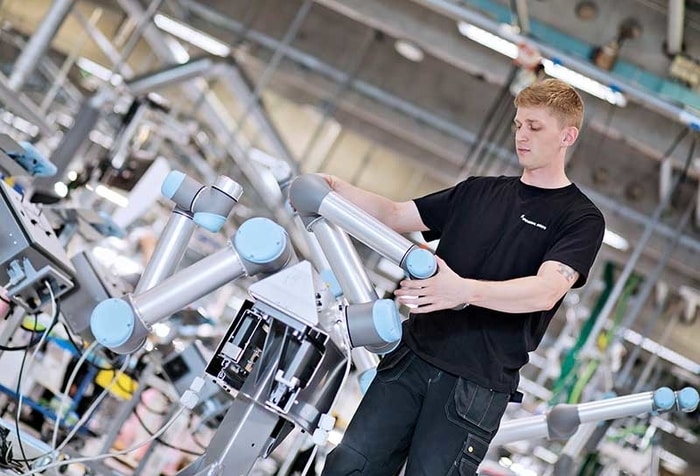
Ask any business leader today whether or not their organization has a goal of becoming data-driven, you’d expect everyone to say something along the lines of, “Well, yes.” It’s also seemingly a no-brainer that being able to make decisions driven by data will require employees to be able to access and analyze the data they need.
But while this all may seem like a given in theory, there are some major real-world hurdles enterprises need to clear on their way to driving business value through their data strategies — like siloed information.
As the Tech Republic cites, 68 percent of IT leaders report that data siloes hinder their enterprise data analytics efforts — but only about one-third of respondents (38 percent) are planning to make improving data access a priority in the near future. This speaks to the challenge many organizations are still facing in getting the right information into the hands of the right people in a timely manner.
Not convinced data siloes can impede even the best-laid plans for taking advantage of data? Here are three major problems with data siloes, plus some tips on how to break them down.
Data Siloes: A Barrier to Data Democratization
Siloes are effective for storing grains and feed in distinct containers on farms. But the world of data is much different — siloes inhibit widespread data access.
Legacy analytics systems tended to work around siloes, using IT and data teams as the “go-betweens” tasked with retrieving stored data and turning it into reports for end-users. But it’s becoming clearer this approach is unsustainable as enterprises scale up their data efforts and compete in our fast-paced business landscape.
Companies working toward data maturity are making efforts to democratize their data, or integrate it into a “borderless ecosystem” of information from different sources — like internal, external and customer data — as one expert writes for CFO. A major goal of democratization is to give users direct access to the data they need, without requiring them to outsource every reporting request to specialists due to restrictive siloes.
Democratizing data — and ramping up governance to ensure its accessibility, security, and trustworthiness — starts with business intelligence architecture capable of supporting front-end analysis tools that empower employees to access that data.
Siloes Erode Data Trustworthiness
Another glaring issue with siloes is they end up facilitating different versions of the truth. With siloes in place, manager A could run the numbers and come up with a completely different figure than manager B — wasting time, eroding trustworthiness in the eyes of employees, and swaying important decisions detrimentally.
One version of the truth doesn’t mean data can’t come from multiple sources; it just means everyone throughout an organization will work from the same information so as to avoid contradictions, miscommunications, and discrepancies. Increasing accessibility and transparency helps users learn to trust data insights so they’re more apt to incorporate them into decision-making.
Siloes Make It Harder to Spot Opportunities
Enterprises know the millions, or even billions, of data points they have stored, contain opportunities to improve business outcomes — like spotting operational inefficiencies, highlighting trends and investigating performance anomalies. Siloes reduce visibility, leaving those without access in the dark. Simply put, companies working around data siloes are leaving money on the table.
In addition to being incredibly frustrating for everyone involved, data siloes are damaging for a few key reasons. They make it hard to trust data insights by accommodating multiple versions of the truth. They act in opposition to data democratization — which means hindering the benefits that can come with increased data accessibility. And, finally, they make it tougher for companies to capitalize on insights hidden within stored data.


